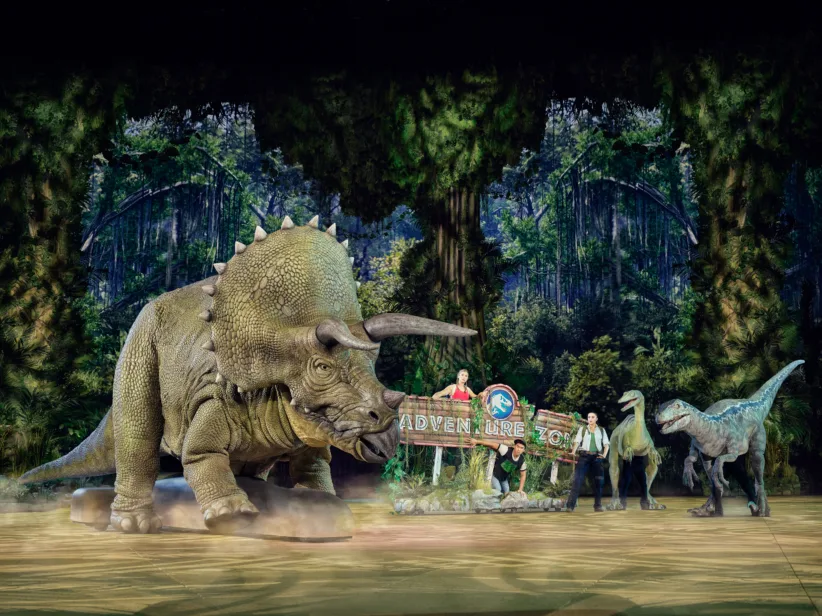In each of her picture books, Nina Crews has incorporated her neighborhood, using Brooklyn locations and residents in her photo collages. Her latest community endeavor, Neighborhood Mother Goose (Greenwillow Books, $15.99), brings classic Mother Goose rhymes to Park Slope (where she lives), as well as to Fort Greene and Coney Island. Crews, who is single, grew up in an artistic family in New York; both her father, Donald Crews, and mother, Ann Jonas, are renowned children’s book authors. Nina Crews uses local children in her books, including friends’ and her sister’s kids, making her works an extended family project. While Neighborhood Mother Goose resonates most with children from the Brooklyn neighborhoods highlighted (my daughter’s first-grade class recognized their school yard – and one of their classmates), it will appeal to other urban (and suburban) kids as well. This is a city where you see friends scooting down the street or hanging out on the stoop (the two-page alphabet tableau, “A was an Apple Pie”); there are parks, a carousel, even the beach. My favorite photograph is on the contents page, where many of the children and adults featured in the book, a multi-cultural array, stroll in front of a block of limestone townhouses, following a goose. The goose also surveys the rooftops of Brooklyn at the beginning and the end of the book. As in many of her books, Crews plays with scale, producing images that kids find hysterical; a boy jumping over a candle in a cupcake (“Jack Be Nimble”) is the same size as the birthday treat; the Old Woman Who Lived In A Shoe is pictured on a carpeted staircase with teeny tiny children. Peter Piper is shown climbing up a deli shelf of pickles and pickled peppers; the boy is half the size of the jars surrounding him. Although nature figures prominently in Crews’ work – parks, flowers, the ocean – she offers unnatural takes: a real pig peeking out of a paper bag (“To Market to Market”), a cow strolling over the moon (“Hey, Diddle Diddle!”), and fish coming out of a child’s ear (“When I Was a Little Boy”). Crews deliberately used a combination of familiar and not so familiar Mother Goose rhymes in the book; some just fit in better with her neighborhood scheme, she says, while other well-known verses she was not able to visualize. Crews sees her books as a collaboration with the children who populate them, none of whom, she points out, are models or actors. She cites “Snowball” from 1997 in particular; the girl featured loved to eat snow, so “she wrote the end of the book,” Crews recalls. The kids in Neighborhood Mother Goose are genuinely enjoying themselves, and this enjoyment transcends the page, making the reader (or listener) smile as well.





















